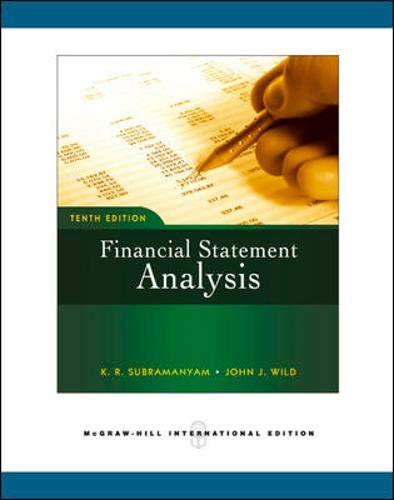EXERCISE 41 Falcon.Com purchases its merchandise at current market costs and resells the product at a price
Question:
EXERCISE 4–1 Falcon.Com purchases its merchandise at current market costs and resells the product at a price CASE 4–2 20 cents higher. Its inventory costs are constant throughout the current year. Data on the number of units in inventory at the beginning of the year, unit purchases, and unit sales are shown here:
Number of units in inventory—beginning of year (@ $1 per unit cost) 1,000 units Number of units purchased during year @ $1.50 per unit cost 1,000 units Number of units sold during year @ $1.70 per unit selling price 1,000 units The beginning-of-year balance sheet for Falcon.Com reports the following:
Inventory (1,000 units @ $1)....... $1,000 Total equity .................................. $1,000 Required:
a. Compute the after-tax profit of Falcon.Com separately for both the (1) FIFO and (2) LIFO methods of inventory valuation assuming the company has no expenses other than cost of goods sold and its income tax rate is 50%.
Taxes are accrued currently and paid the following year.
b. If all sales and purchases are for cash, construct the balance sheet at the end of this year separately for both the (1) FIFO and (2) LIFO methods of inventory valuation.
c. Describe the significance of each of these methods of inventory valuation for income determination and financial position in a period of increasing costs.
d. What problem does the LIFO method pose in constructing and analyzing interim financial statements?
Step by Step Answer:






